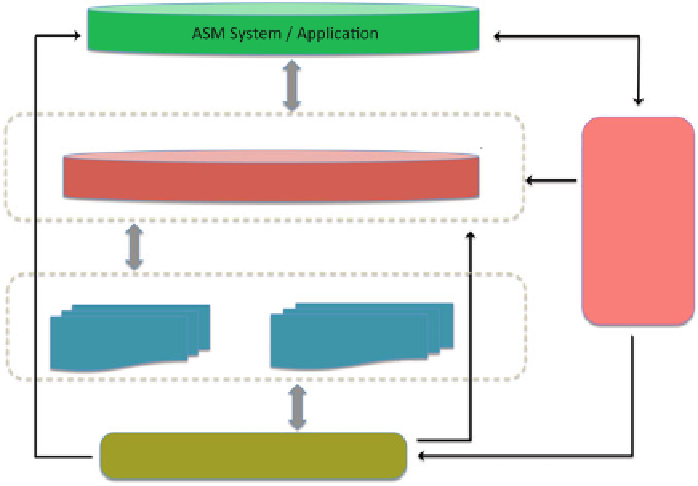Graphics Reference
In-Depth Information
Such preprocessing at the network edges can help to reduce communication with
a back-end server, and to improve overall system accuracy under communication
and computation constraints. DDDAS techniques can also be employed at the server
side. An example of such an application would be to dynamically determine the set
of cameras at the network edges that should be active at a given time—e.g., to opti-
mize trade-offs among energy efficiency, communication bandwidth requirements,
and accuracy for the current image analysis scenario. In Sect.
12.5
, we provide a
detailed case study of DDDASmethods applied to a relevant application in embedded
computer vision.
Use of DDDAS design techniques involves tightly integrated feedback from
instrumentation. Use of DDDAS design techniques also involves application of
dynamic parameters that are adapted based on such feedback, and that also control
how subsequent rounds of instrumentation are performed. Figure
12.3
illustrates an
abstract view of DDDAS as it relates to the class of streammining systems addressed
in this chapter.
Key challenges in integrating DDDAS principles into stream mining systems
include the following.
•
Development of abstract models for stream mining systems that can compactly
and accurately represent the underlying design space of topological and classifier
configurations. For this purpose, signal-processing-oriented dataflow models of
computation are a promising starting point [
8
,
35
].
•
Development of methods to steer parameters of image stream acquisition (e.g.,
to select specific subsets of cameras or frame rates and resolutions for activated


































